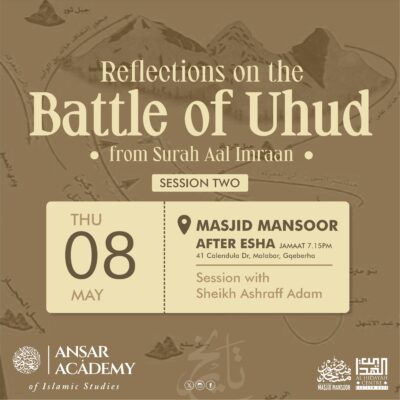The 8th-13th century saw a transformation in world agriculture known as the Muslim Agricultural Revolution which changed the world economy. Here are a few glimpses:
Muslims introduced:
1. cash cropping,
2. the modern seasonal crop rotation system,
3. highly developed irrigation techniques with water mills, etc,
4. fertilizers,
5. a large variety of crops which were studied and catalogued.
Numerous farming and botany encyclopedias and manuals were produced. These advances led to changes in economy, agriculture, urban growth, cooking, diet and clothing. They were taken to Muslim Spain and from there to the rest of Europe and then America.
Muslims introduced crops and livestock into areas where they were previously unknown. Islamic principles of land ownership and labourers’ rights allowed Muslims to leave behind Europeans who struggled under a feudal system of virtual slavery (serfs).
New crops introduced by Muslims to the world include sorghum, sugar cane, rice, apricots, cotton, artichokes, aubergines, carrots, saffron, lemons, oranges, cotton, almonds, figs, mangos and bananas. Also transmitted via Muslims was a silk industry, flax was cultivated and linen exported. Market gardens and orchards sprang up in every Muslim city.
Muslims introduced selective breeding of animals resulting in improved horse and camel stocks. They built the first sugar refineries and plantations while Muslim scientists laid the foundations of agricultural science, with advances in astronomy, botany, earth science, climatology, hydrology, and numerous other sciences.
In the 12th century al-Ishbili wrote Kitab al-Filaha and described 585 microbiological cultures. This work was influential in Europe.
In the 13th century Ibn al-Baitar published Kitab al-Jami fi al-Adwiya al-Mufrada, one of the greatest botanical and pharmaceutical encyclopedias, an authority for centuries. It has details on 1,400 plants, foods, and drugs, 300 of which were his own discoveries. It was also used in Europe until the 19th century.








COMMENTS